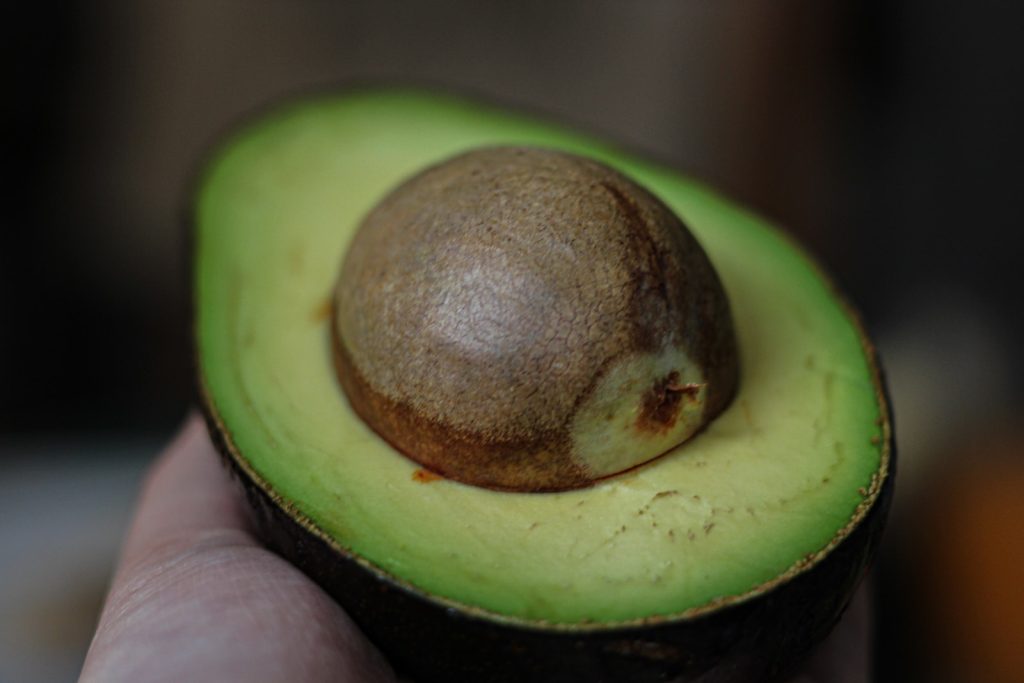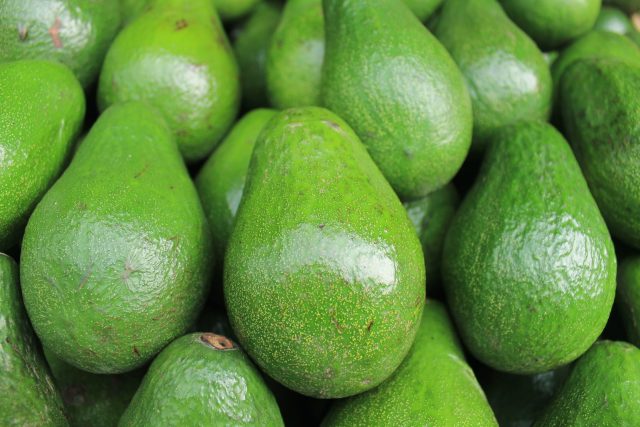Why grow Avocado?
Avocados are a delicious and healthy food that can be added to any meal- breakfast, lunch, or dinner. Growing avocados are great for your taste and offer many environmental and health benefits. Here’s why you should consider increasing your avocado tree in your backyard:
First of all, it can provide an excellent source of nutrition. Avocados are packed with vitamins, minerals, healthy fats, and fiber that help keep our body functioning optimally. They are also low in sugar and saturated fat, making them a much healthier choice than other fruits or snacks like chips or candy.
Second, growing avocados helps the environment too! Not only does planting trees help prevent soil erosion, but they also take carbon dioxide from the air and produce oxygen – making them essential for fighting climate change.
The best time to plant Avocado
Avocados are one of the most popular fruits in the world, and for a good reason – they’re delicious and packed full of nutrients. If you want to get your avocado tree growing, one of the most important things you need to consider is when to plant it. Knowing the best time to produce an avocado can help ensure that your sapling will thrive and give you a bumper crop of avocados every year.
The ideal time to plant an avocado depends on where you are located. Generally speaking, if you live in a warmer climate, then late winter or early spring is recommended, as this will allow enough time for the tree’s roots to take hold before summer arrives. However, in cooler climates, it’s best to wait until last spring so the soil can warm up after the winter months.
Sunlight: how much sun does an Avocado need?
When it comes to avocado trees, proper sunlight is essential for a tree that will truly thrive. Avocado trees need at least 8 hours of direct sun each day to reach their full potential and produce the most delicious fruit. If you plan on planting an avocado tree, provide enough sunlight for your tree to soak up.
The amount of direct sunlight needed by an avocado tree depends on the stage it’s in – young seedlings should get partial shade, while more established trees can take full sun. When finding a spot for your avocado tree, try to choose a location where there is morning light and afternoon shade or vice versa – this ensures that your tree receives its necessary daily dose of sunshine without becoming overheated or burned. During the hottest parts of summer, you may even want to provide extra shade if possible.
Temperature: what temperature range is best for Avocado
Avocados are a popular and versatile fruit, often enjoyed in salads, sandwiches, guacamole, and more. But did you know that the temperature range of your environment can affect how your avocado tree grows? In this article, we’ll discuss what kind of temperature range is best for an avocado tree so you can successfully plant and nurture your own.
When it comes to ideal temperatures for growing avocados, the perfect daytime range is between 65 and 85 degrees Fahrenheit, and anything outside of that range can cause harm to the tree’s growth or production of fruit. Similarly, nighttime temperatures should stay between 55 and 75 degrees Fahrenheit for optimal development; too much lower or higher than those numbers could also prevent fruits from developing correctly.
Where to plant Avocado
Avocados have become increasingly popular over the past few years, and many people are now looking to grow their avocado trees! Knowing where to plant your avocado tree is essential for ensuring it gets the proper care it needs. If you want to learn how to grow and nurture your avocado tree, read on for some helpful tips.
The first step in planting an avocado tree is finding an area with ample sunlight. Avocado trees need at least 6 hours of direct sunlight each day and should be planted in a spot with plenty of airflows. They also prefer areas with well-draining soil, so make sure you choose a place that’s not prone to flooding or standing water. Additionally, avocados do best when separated from other plants by at least 10 feet, as they take up a lot of room once they mature.
Pots: what size pots are best for Avocados?
When planting and nurturing an avocado tree, one of the most important factors is choosing the right size pot. A pot that is too large or small can lead to stunted growth or even death of the tree. So what size pots are best for avocados?
Experts suggest that a pot should be at least 12 inches deep and 18 inches in diameter, with drainage holes at the bottom. Avocados need plenty of room for their roots to spread out, so if you plan to plant more than one avocado tree in a single pot, it should be twice as big. The soil should also be light and well-draining so that it does not become water-logged and impede the root system’s growth.
Soil: what type of soil is best for Avocados?
When planting and nurturing an avocado tree, having the correct type of soil can be essential for it to thrive; ground with a pH between 6-7 is best for an avocado tree, as it does not do well in overly alkaline soil. Avocado trees need rich, fast-draining soil that retains moisture and drains excess water. Compost can be added to the ground to ensure there are enough nutrients and organic matter to help the tree grow strong and healthy. Additionally, mulch should be added around the base of the tree to keep its roots cool during hot summer days and reduce water evaporation from the surrounding soil. Finally, though avocado trees prefer a slightly acidic environment, they should not be planted in a location that gets too much direct sunlight or near areas where salt runoff could contaminate the ground.
How to plant Avocado?
Planting and caring for an avocado tree may be one of the most rewarding gardening experiences. Avocado trees can grow up to 25 feet tall and are an excellent source of nutrition, containing essential vitamins and minerals. Growing your avocado tree is a relatively simple process requiring a few key steps.
Before planting, choosing a suitable variety for your area is essential, as some avocados are better suited to certain climates. Look for types labeled explicitly as being adapted to cold temperatures or drought-resistant if needed. Select a spot in your garden that receives partial sun and is protected from strong winds.
Watering Avocado
Growing an avocado tree is a rewarding experience, but it can be intimidating to novice gardeners. If you’re wondering how to properly water your avocado tree, you’ve come to the right place! In this article, we’ll discuss how to plant and nurture an avocado tree, including tips on watering.
Avocado trees thrive in well-draining soil that remains slightly damp. Watering should occur at least once weekly but more often during hot spells or dry periods. A good indicator of when you should water is when the soil looks dry on the surface or when leaves start wilting during hotter temperatures. Ensure that your tree never goes without water for long periods; extended dryness can stunt its growth and harm its health.
Fertilizing Avocado
Avocado trees are a popular and versatile choice for gardeners looking to add some green to their outdoor space. Growing an avocado tree can be a rewarding experience, but it does require some effort. One of the critical components of tending to your avocado tree is fertilizing appropriately. Here’s what you need to know about fertilizing your avocado tree.
Fertilizer provides essential nutrients that will help the soil sustain your avocado tree, allowing it to reach its full potential. It’s critical not to overfertilize as this can lead to weak growth and possible damage to the tree’s roots due to salt buildup in the soil. Use a fertilizer formulated explicitly for avocado plants, applying it every three months at a rate recommended by the manufacturer on the label, and take care not to exceed this quantity.
Pruning Avocado
Have you ever wanted to have your own avocado tree? Growing avocadoes is not only fun, but it can also be very rewarding. Pruning an avocado tree is an essential part of its care and maintenance. In this article, we will discuss the basics of how to prune your avocado tree so that it stays healthy and thriving.
When pruning an avocado tree, removing any dead or unproductive branches is important as soon as possible. This will promote better air circulation and sunlight penetration which helps maintain the health of the tree. Additionally, you should always use sharp tools for a clean cut and wear protective gear when pruning.
Proper pruning can help your avocado tree stay vigorous and productive for years.
Harvesting: when and how to harvest Avocado?
Harvesting your avocado tree is an exciting step in the life of your tree. Avocado fruits are a delicious and nutritious addition to any meal and can be harvested from June to September. When deciding when to harvest, it’s essential to pay attention to the skin’s color and size; smaller fruits will take longer than larger ones. To determine if your fruit is ready for picking, gently apply pressure with your thumb near the stem; if it yields slightly, then it’s ripe enough for harvesting. If you’re not sure yet, wait a few more days and check again; remember that an over-ripe avocado may have brown patches or wonky shapes but still tastes great. For best results – don’t wait too long!

Troubleshooting common problems with Avocado
Avocados are a delicious and versatile snack, but it takes effort to grow your tree. Planting and nurturing an avocado tree is no easy task – plenty of potential problems can arise. It’s essential to be aware of the common issues so you can troubleshoot and work out solutions quickly if they occur. Here’s an overview of identifying and addressing some of the most frequent difficulties with avocado trees. This article also covers tips on planting and nurturing your tree for the best results.
Suppose you’re having trouble keeping your tree healthy. In that case, it could be due to over- or under-watering, nutrient deficiencies such as iron or magnesium, or even pests like mealy bugs or spider mites.






























